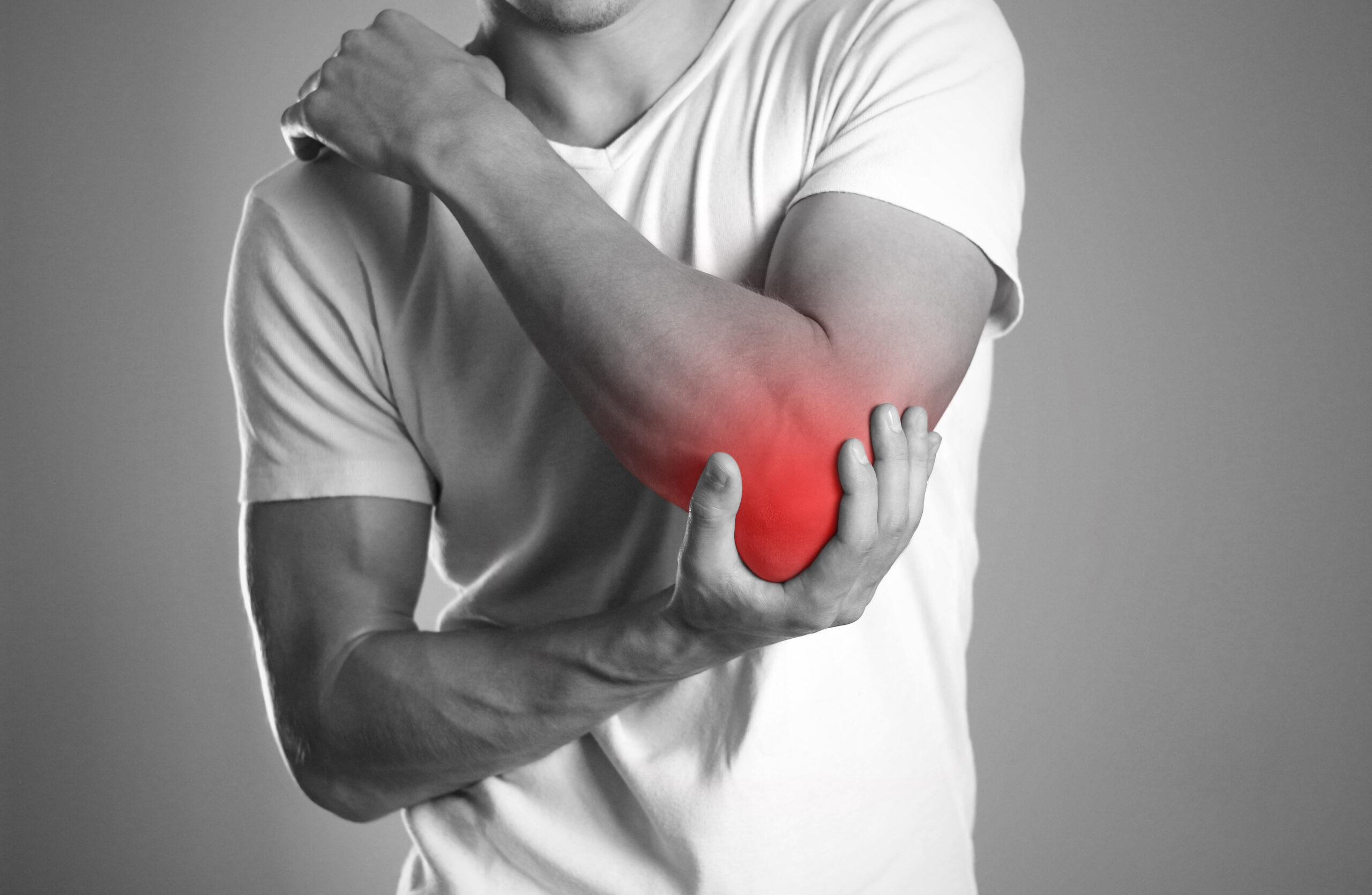Chiropractic manipulation (or ‘adjustment’) is a distinctive hands-on approach to treatment regularly utilised by chiropractors when treating musculoskeletal issues. While spinal manipulation is only one tool in the chiropractor’s toolkit, it is perhaps the technique most commonly associated with chiropractic treatment.
What is Chiropractic Manipulation?
Manipulation involves practitioners using their hands to mobilise the spine and other joints. However, the practice encompasses more than just the audible sounds of adjustments. It is primarily the neurological mechanisms behind this treatment that chiropractors aim to harness, in order to support the body’s inbuilt processes for relief and restoration.
Harnessing Proprioceptive Feedback
Ever wonder how your body knows where it is in space without conscious effort? Enter proprioception – the body’s sense of self-awareness and spatial orientation. (To find out a little more detail on proprioception and pain relief, check our previous blog about movement and pain here. ) Chiropractic manipulation leverages this proprioceptive feedback system to fine-tune sensory motor control.1,2,3 By applying precise pressure and movement to spinal tissue, chiropractors stimulate proprioceptors, sending signals to the brain to recalibrate and improve coordination, balance, and posture.4 It’s akin to giving your body a gentle nudge in the right direction, helping it find its optimal alignment and function.
Creating an Analgesic Effect: Unveiling the Brain’s Descending Inhibition
But let’s not overlook the benefit of chiropractic manual therapy when it comes to soothing aches and pains. Beyond the often-immediate symptom relief experienced by patients receiving manipulative treatment, lies a fascinating phenomenon within the brain – descending inhibition. When joints are adjusted, it can stimulate the release of endorphins – the body’s natural painkillers – providing rapid relief to sore muscles and inflamed tissues.5,6 Additionally, manipulation can enhance the brain’s ability to create descending inhibition, essentially turning down the volume on pain signals. The proprioceptive afferent (or sensory)message, triggered by manipulations, serves as an amplifier for this pain inhibition, facilitating pain relief from the brain downward.
Essentially, chiropractic adjustments or spinal manipulation harness the power of proprioceptive feedback to enhance sensorimotor control and alleviate pain by utilising the brain’s remarkable capacity for descending inhibition.
An Integrated Approach to Health
Chiropractic care provides a multifaceted approach to health and living well. Rather than simply treating symptoms, chiropractors aim to address the deeper cause of the issue, or the cause behind the injury. By assessing coordination they aim to addressdysfunction before it reaches the level of pain. The philosophy of chiropractors is to restore balance and function to the body as a whole, and help maintain the body’s healthy functions throughout your life. By combining hands-on treatment with lifestyle recommendations, exercise therapy and nutritional advice, chiropractors encourage patients to take an active role in their own health journey.
Chiropractic’s therapeutic approach offers more than just a quick fix for pain – it taps into the body’s ability for self-correction, promoting better function, mobility, and pain relief. So, the next time you are feeling stiff, uncomfortable or if you have suffered an injury, consider giving chiropractic care a try.
We would love to help you
If you would like to find out more, or wish to make an appointment with one of our friendly and professional chiropractors, please call us on (07) 5580 5655 or visit our website to book online. Spine Sport Feet is located in the the medical precinct of Homeworld Helensvale. We have been providing allied health services to Gold Coast locals for over 20 years.
References:
- Effectiveness of Chiropractic Care to Improve Sensorimotor Function Associated With Falls Risk in Older People: A Randomized Controlled Trial. Holt, Kelly R. et al. Journal of Manipulative & Physiological Therapeutics, Volume 39, Issue 4, 267 – 278
- Haavik H, Murphy B. The role of spinal manipulation in addressing disordered sensorimotor integration and altered motor control. J Electromyogr Kinesiol. 2012 Oct;22(5):768-76. doi: 10.1016/j.jelekin.2012.02.012. Epub 2012 Apr 6. PMID: 22483612.
- Taylor HH, Murphy B. Altered sensorimotor integration with cervical spine manipulation. J Manipulative Physiol Ther. 2008 Feb;31(2):115-26. doi: 10.1016/j.jmpt.2007.12.011. PMID: 18328937.
- Subclinical Neck Pain and the Effects of Cervical Manipulation on Elbow Joint Position Sense. Haavik, Heidi et al. Journal of Manipulative & Physiological Therapeutics, Volume 34, Issue 2, 88 – 97
- Giles Gyer, Jimmy Michael, James Inklebarger, Jaya Shanker Tedla, Spinal manipulation therapy: Is it all about the brain? A current review of the neurophysiological effects of manipulation, Journal of Integrative Medicine,Volume 17, Issue 5, 2019, 328-337,
- Vernon HT, Dhami MS, Howley TP, Annett R. Spinal manipulation and beta-endorphin: a controlled study of the effect of a spinal manipulation on plasma beta-endorphin levels in normal males. J Manipulative Physiol Ther. 1986 Jun;9(2):115-23. PMID: 2942618.






